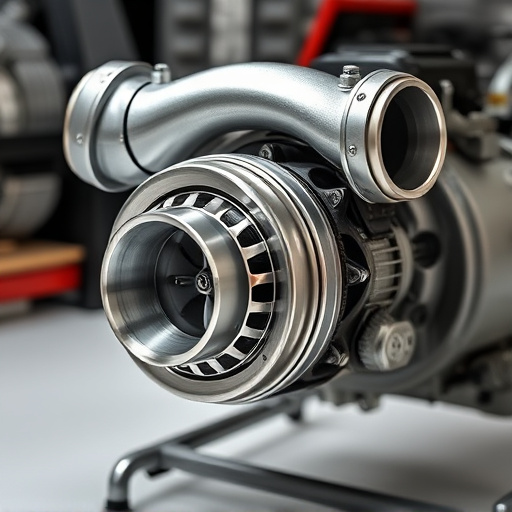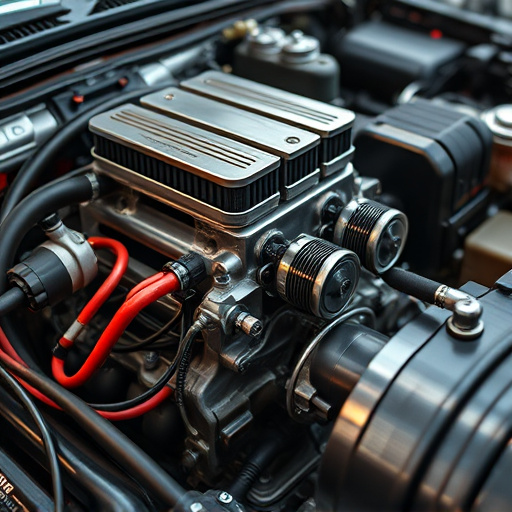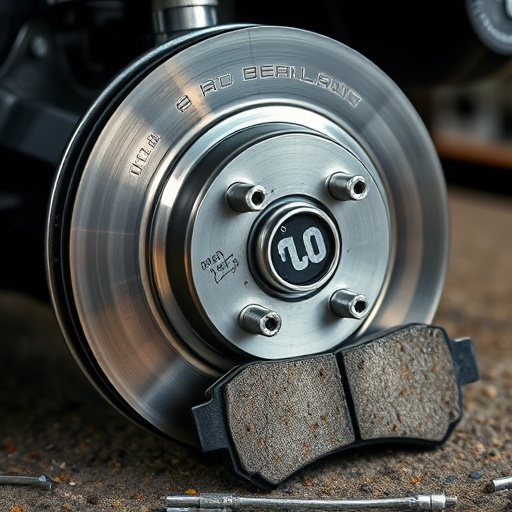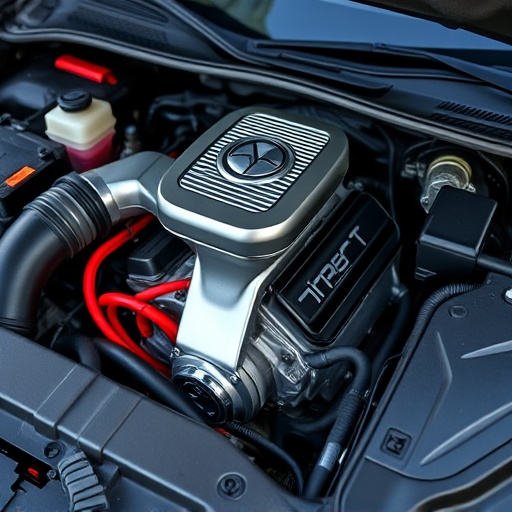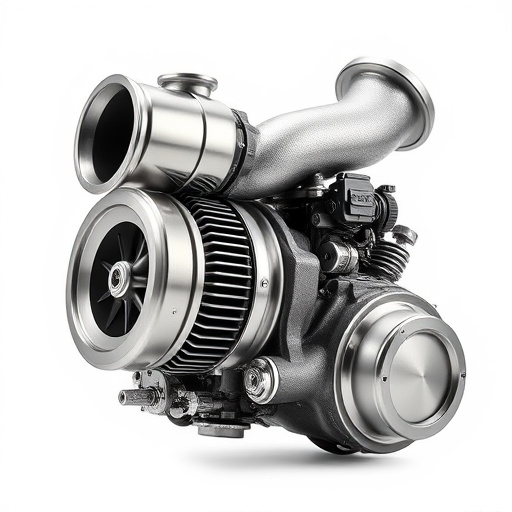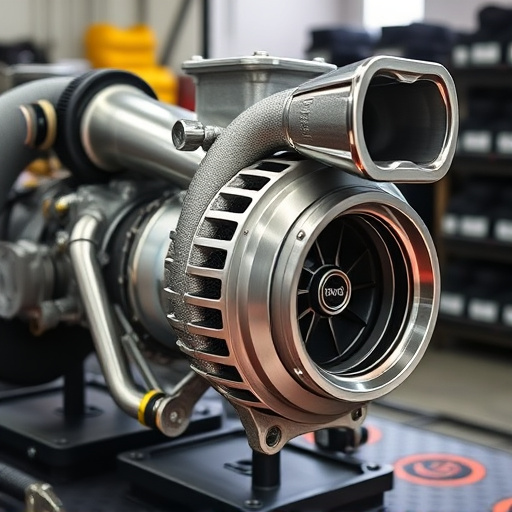Quiet performance exhaust systems offer car enthusiasts an enhanced driving experience without environmental harm, controlling sound waves while preserving desirable tones. Installation requires understanding local noise regulations (often 85-90 dB limits) and obtaining necessary permits to avoid penalties. Regular maintenance, including inspection of hangers, clamps, suspension kits, and brake pads, ensures optimal sound attenuation, power, and performance within legal boundaries.
Looking to enhance your vehicle’s performance while staying within legal limits? Discover the art of achieving a quiet yet powerful drive with our guide on keeping your quiet performance exhaust street legal. We’ll explore the mechanics behind these systems, delve into legal requirements for installation, and uncover best practices to ensure silent cruising without breaking any rules. Optimize your engine’s capabilities while adhering to regulations with these essential insights into quiet performance exhausts.
- Understanding Quiet Performance Exhaust Systems
- Legal Considerations for Quiet Exhaust Installation
- Best Practices for Maintaining Silence on the Road
Understanding Quiet Performance Exhaust Systems
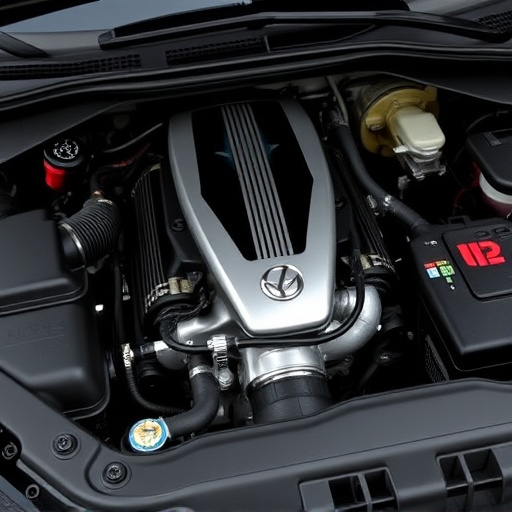
Quiet performance exhaust systems are designed to enhance vehicle sound without exceeding legal noise limits. They strike a balance between providing an enjoyable driving experience and adhering to strict environmental regulations regarding noise pollution. These systems typically employ specialized mufflers and resonators that dampen harmful decibels while allowing deeper, more pleasurable tones to pass through.
Understanding the intricate design of these exhausts is key. Unlike stock exhausts that prioritize efficiency, quiet performance exhausts focus on controlling sound waves. This involves precise engineering of components like headers, pipes, and silencers to redirect and absorb noise. Additionally, integrating with other vehicle systems, such as suspension components and brake pads, can further optimize both vehicle performance and noise reduction, ensuring a harmonious driving experience that complies with legal quiet performance exhaust standards.
Legal Considerations for Quiet Exhaust Installation
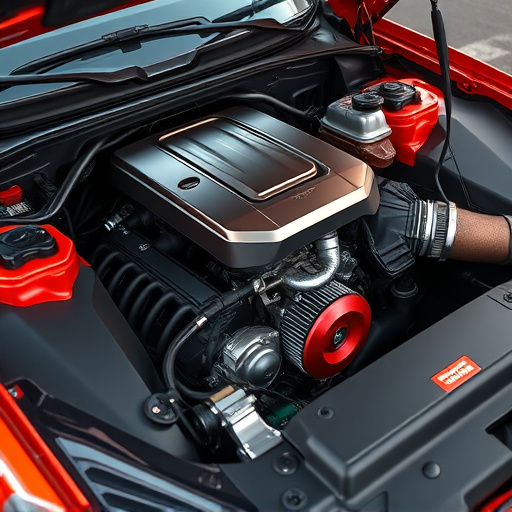
When considering a quiet performance exhaust system installation, understanding legal requirements is essential for maintaining roadworthiness. Different regions have varying noise regulations that govern vehicle modifications, with many focusing on ensuring exhaust systems meet certain sound level standards to preserve peace and safety in urban areas. Before making any changes, it’s crucial to check local laws and obtain any necessary permits or certifications.
Many countries require a decibel (dB) limit for exhaust systems, often set between 85-90 dB, although specific thresholds can vary. Exceeding these limits may result in penalties, so it’s important to invest in high-quality quiet performance exhaust components like cat back exhaust systems and air filter kits that are designed to meet or stay below legal requirements. Additionally, some regions mandate regular noise inspections, especially for vehicles known for their modified exhausts, to ensure they remain within the prescribed dB range.
Best Practices for Maintaining Silence on the Road
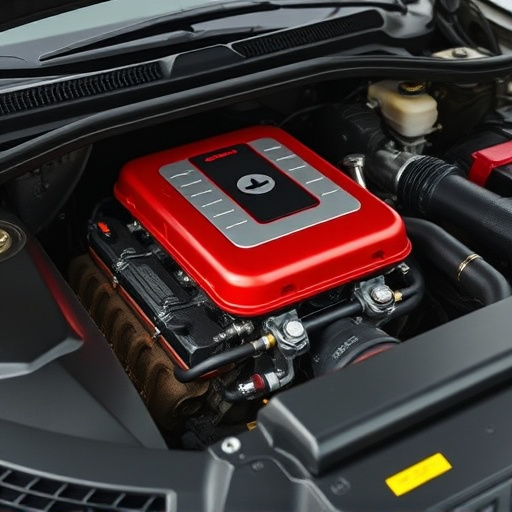
Maintaining a quiet performance exhaust system is key to enjoying your high-performance vehicle legally on public roads. One of the best practices is to invest in a quality silent sports exhaust system designed specifically for your make and model. This ensures optimal sound attenuation while preserving power and performance. Regularly inspect and maintain your exhaust components, including replacing worn out parts like hangers and clamps, to prevent leaks that could cause excessive noise levels.
Additionally, consider upgrading your suspension kits and brake pads to enhance overall vehicle control and quietness. Well-maintained suspension components minimize road noise transmission, while high-performance brake pads can significantly reduce the metallic squealing sounds often associated with aggressive braking. Always ensure any modifications comply with local noise pollution regulations to avoid legal issues and maintain a peaceful driving experience for both you and your surroundings.
Keeping a quiet performance exhaust legal and well-maintained is crucial for both road safety and regulatory compliance. By understanding the unique requirements of these systems, considering legal constraints, and adhering to best practices, you can enjoy enhanced engine performance while minimizing noise pollution. Remember, a quiet ride not only contributes to a more peaceful driving experience but also ensures your vehicle meets legal standards, making it a smart choice for environmentally conscious drivers.








